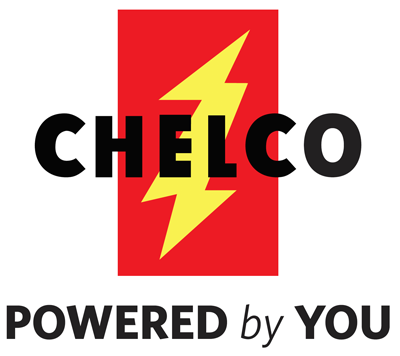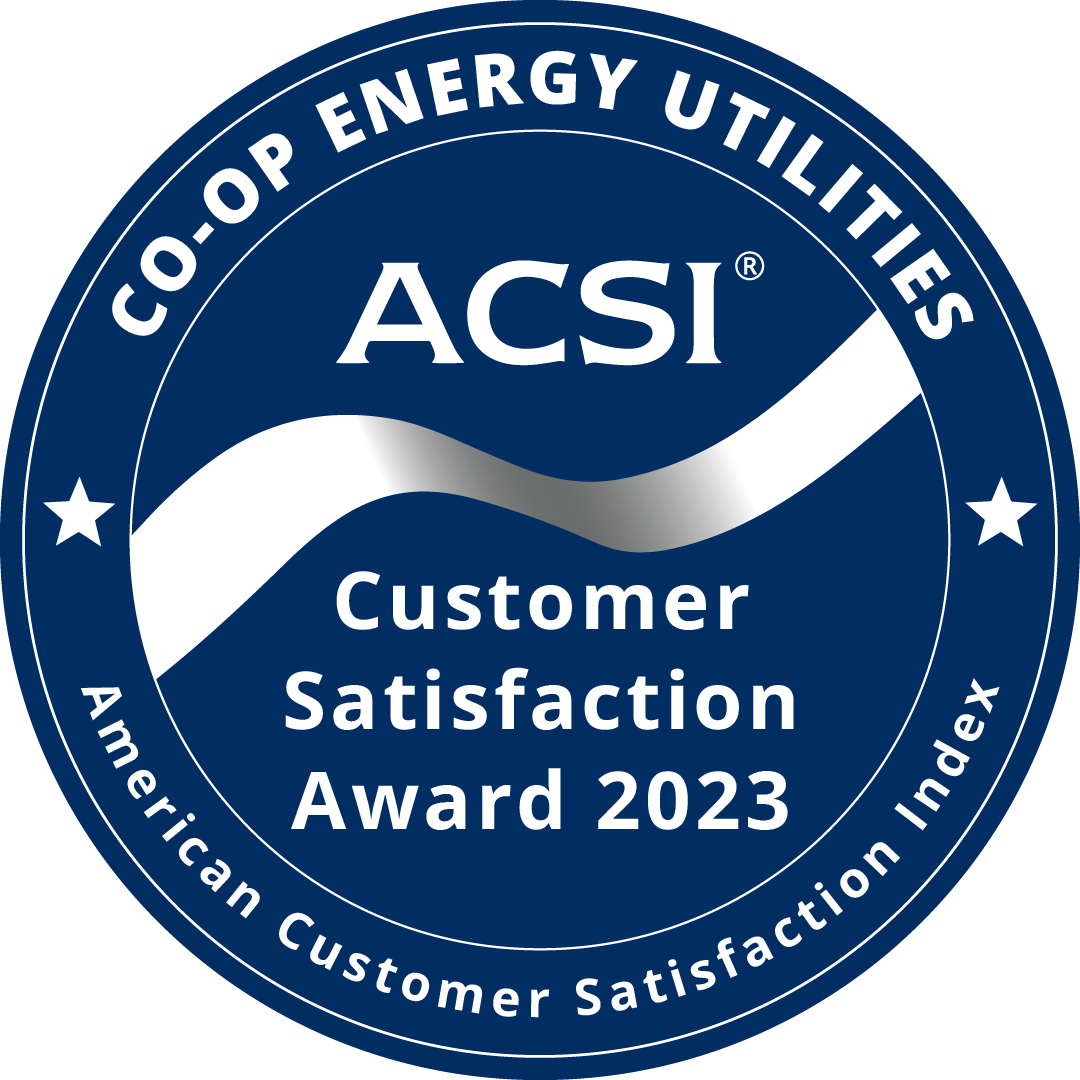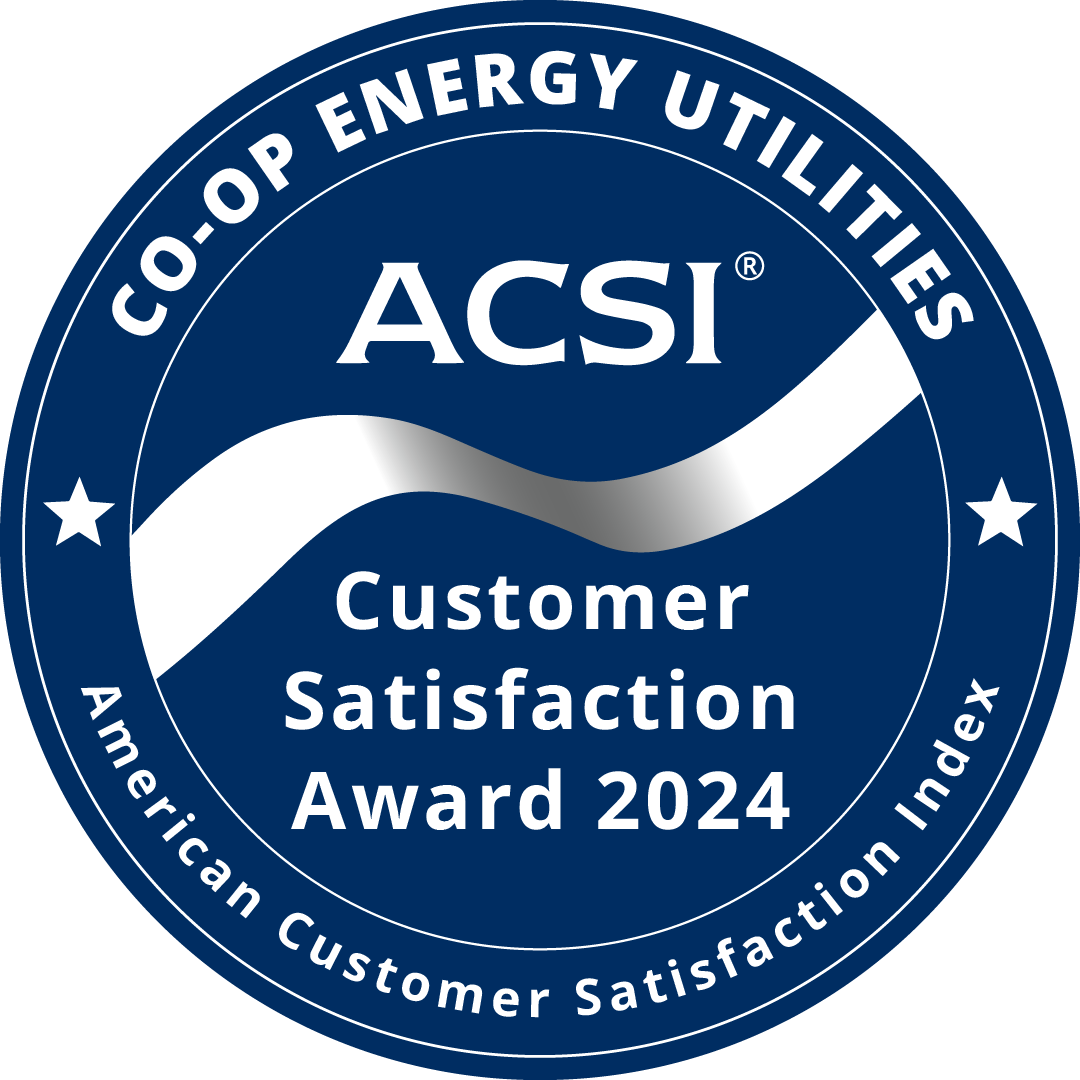A brief explanation of CHELCO's business model:
As a not-for-profit electric cooperative, CHELCO's success is measured by our member-owners' satisfaction with our safe and reliable electricity at reasonable prices. In other words, we don't have shareholders or investors to answer to, meaning we will always act in the best interest of our membership alone.
As a distribution cooperative, we do not generate our own power. Instead, we buy it from PowerSouth, a generation and transmission (G&T) cooperative in Andalusia, Alabama. CHELCO's role is to deliver the electricity from PowerSouth and maintain the electrical system that serves our members.
The charges on your electricity bill reflect the careful management of CHELCO's cost for wholesale power, operations, maintenance of infrastructure, and planning for the future. Any margins, or profits in other businesses, are either allocated (invested) or retired (returned) to members through capital credits, as determined by our democratically-elected Board of Trustees (see Capital Credits page for more information).
Costs to begin residential service and monthly charges:
One-time membership fee: $5.00
This one-time fee has remained the same since the cooperative was established in 1941. It gives you the benefit of membership and is refunded when your membership is terminated.
Security deposit, if required: $150 or twice the average monthly bill, whichever is greater.
A security deposit may be required and is based on individual utility credit rating.
Monthly charge, regardless of energy usage:
- Basic Service Charge (most residential accounts): $35
- Three-phase Service Charge: $48.50
The monthly charge is a standard fee that pays for the expenses associated with delivering and maintaining service to a location.
Energy Charges:
- Rate: 7.557 cents per kilo-watt hour (kWh)
- **Wholesale Power Cost Adjustment (WPCA)- example rate: 2.2137 cents per kWh
- **Distribution Cost Adjustment (DCA) - eliminated in 2025
Kilowatt hour is the common billing unit for electricity. It is the cost of running an electric device calculated by multiplying the device's power in kilowatts, by the running time in hours, by the price per kilowatt hour.
The WPCA is the difference between the wholesale power cost built into our rate and the current actual cost to buy the power. It recoups the difference in price between what we predicted electricity would cost when we set the rate and what it actually costs.
**Rates shown for WPCA are for example only - actual rates vary as conditions change but have not fluctuated wildly month-to-month and year-to-year.


